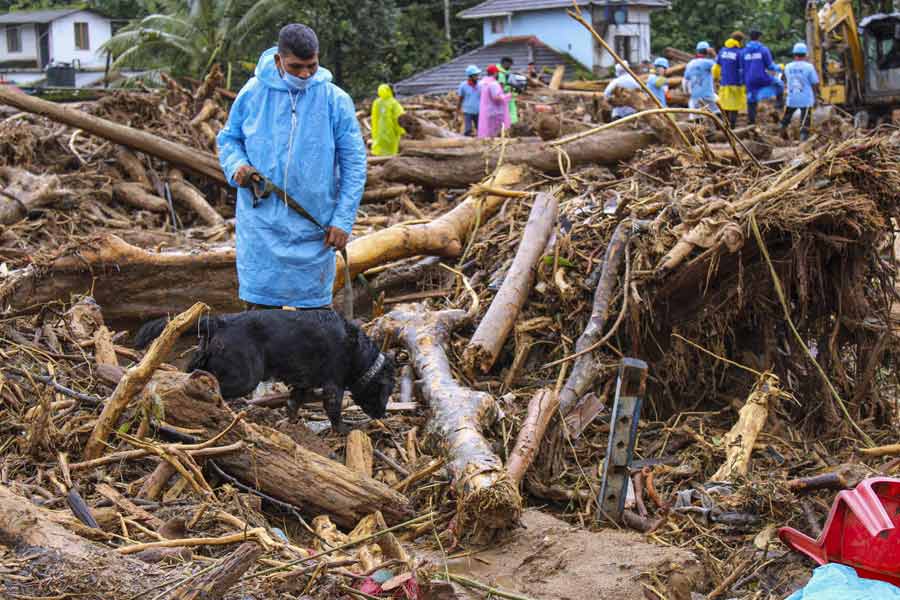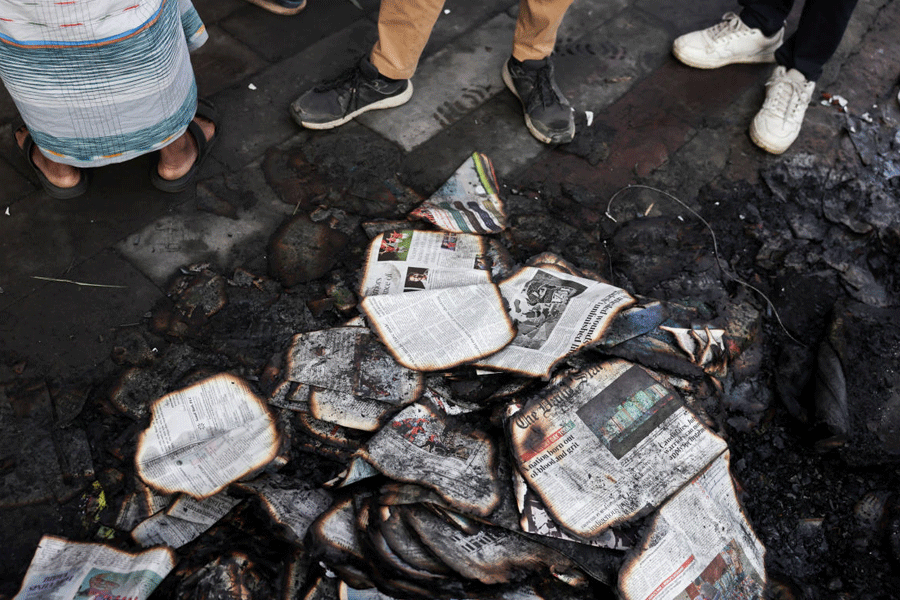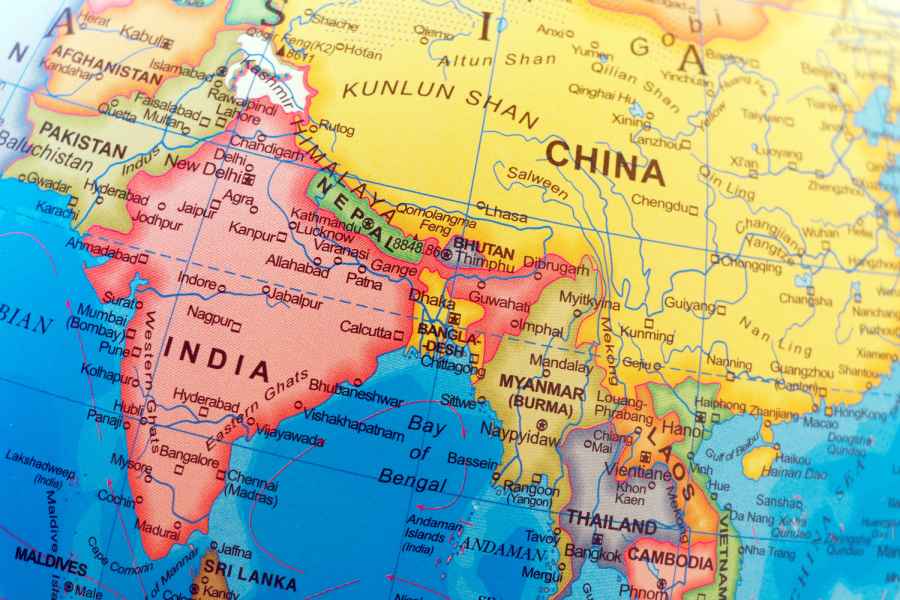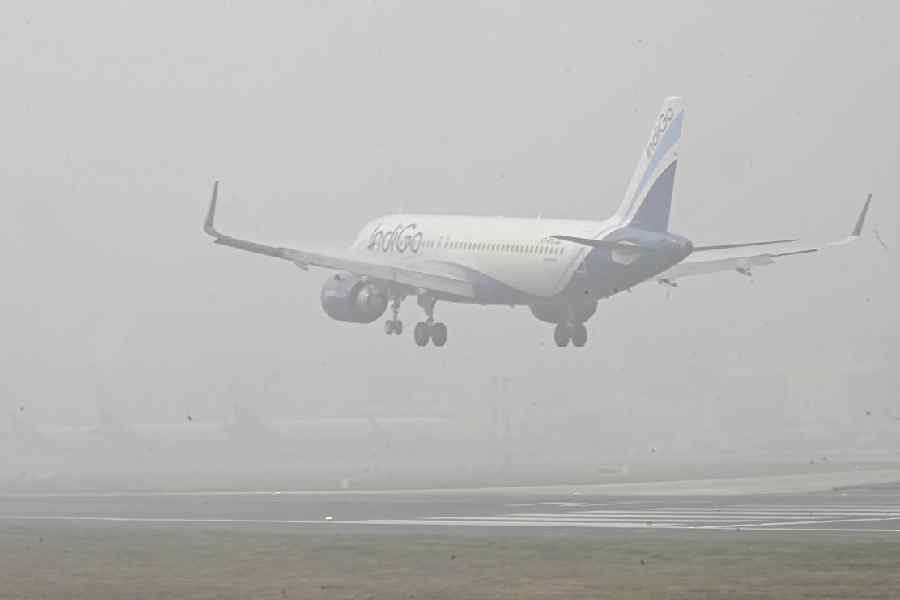What is dreadful about India is that it refuses to learn from or act on environmental disasters. Indians’ ‘we don’t care’ attitude is like that of Sheikh Chilli who refused to listen to the wise counsels of passers-by who warned him of his inevitable fall from the tree because he was severing the branch he was sitting on with a saw. The story evokes laughter, and even pity, but it has a lesson.
When it comes to real life, wherein deliberate ignorance of wise counsel can lead to unprecedented pain, loss of lives and material, the emotion evoked is not pity, but anguish. The immediate example of such a painful outcome of ignoring sage advice is the loss of hundreds of poor lives and the flattening of at least three villages in Kerala’s hilly and picturesque district of Wayanad in massive landslides triggered by incessant and extreme rainfall. The Wayanad tragedy in 2024 leads to a sense of déjà vu — this is not the first time such a thing has happened and it will not be the last.
We learned nothing from Malin near Pune a few years ago, Kedarnath over a decade ago, Pettimudi in Kerala in 2020, or Raigarh near Mumbai last year. Hundreds of people died in those places in landslides which are never sudden and come only after we ignore the signs. Remember Uttarakhand, last year? It took rescuers a herculean effort to rescue 41 workers trapped in an under-construction tunnel of the ecologically-damaging Char Dham highway project when it caved in; a landslide had tripped it off.
The tragedy in Wayanad was foretold. Some wise men did tell us that the Western Ghats are a no-go area. We did not heed their warnings. India’s top ecologist, Madhav Gadgil, who led the Western Ghats Ecology Expert Panel over a decade ago, asked governments to stop all the extractive activities in these majestic mountains, the origin of major rivers, lest we pay a heavy price. The report was dumped and another committee constituted. That committee watered down the report but retained most of its argument. The new report, too, was binned. Both the reports concurred that the Western Ghats are in trouble.
We have had the scientific evidence and models about the exact locations where future landslides may occur with devastating outcomes and, yet, the Centre and the states refuse to act. Material growth imperatives pip ecological concerns. And so tourism, quarrying, mining, cutting, sand extraction and deforestation go on unabated.
Based on different scientific databases we know which regions are in high-risk, landslide-prone zones. Refer to the Indian Space Research Organisation’s annually updated Landslide Atlas of India, which places Wayanad in 13th place (indicative of very high risk) in the list of 147 high-risk districts in 17 states and two Union territories. These districts fall in three ecologically sensitive regions — the north-western Himalayan region, the eastern Himalayas and the entire Western Ghats, and all three are among the most abused sensitive ecosystems. India recorded about 80,000 landslides between 1998 and 2022 in these very areas, the Atlas tells us. What is more, this database has three categories: seasonal, route-wise and events-based. This means we know the exact areas within those 147 vulnerable districts where people live in the shadow of catastrophic landslides every monsoon.
We also know that the Indian monsoons are changing perceptibly and extreme rainfall events are now the new normal. Most landslides in India occur during the monsoon (June through September). We are among the top five countries with the highest landslide risk, contributing 16% of such events triggered by rainfall. Yet, we cannot resist extractive economic development even in highly sensitive zones. The science is telling us to behave. Is it the collective greed that compels us to ignore its counsel?











